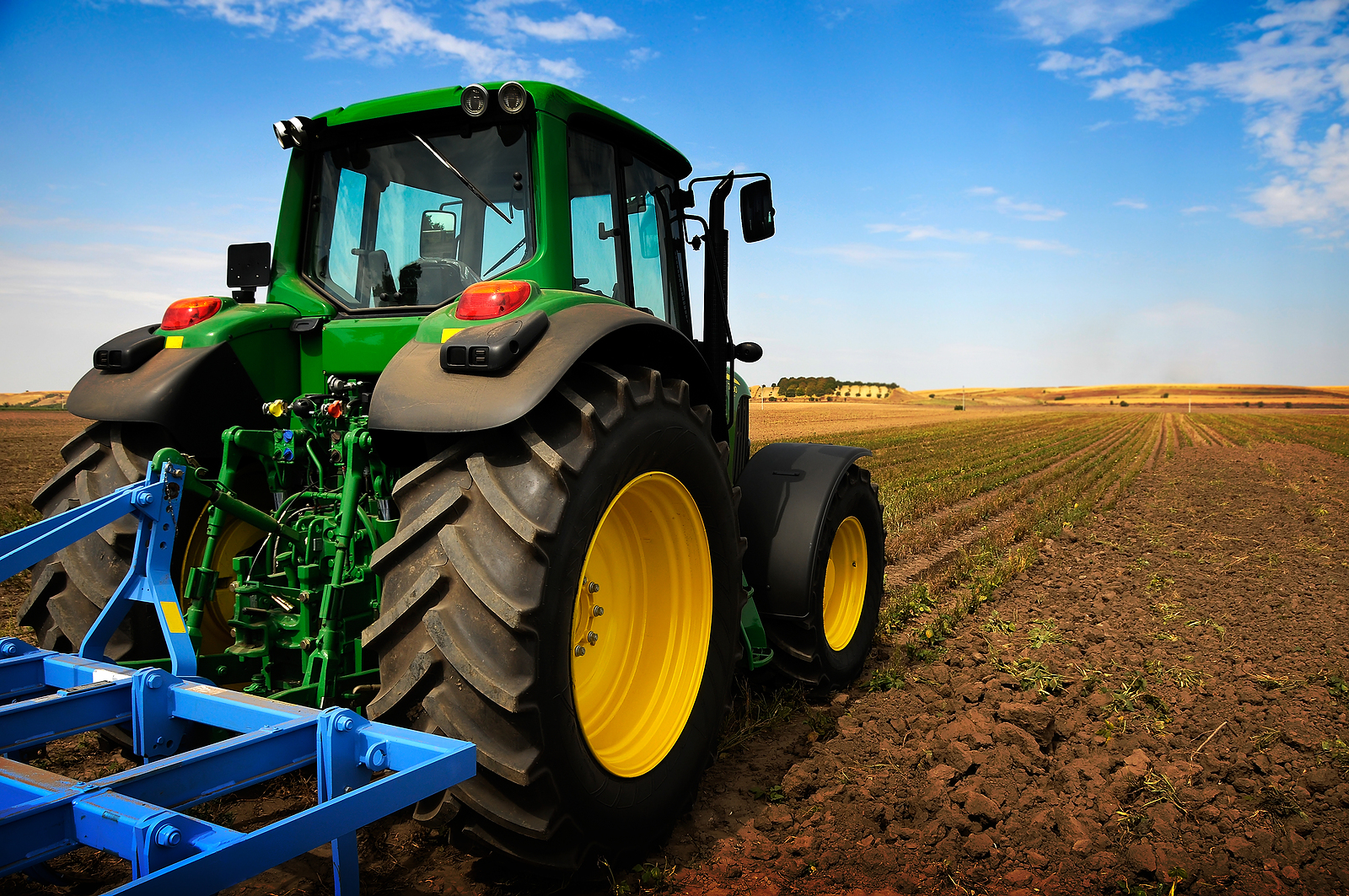
An average harvest and rising fixed costs have meant that AHDB Wantage Monitor Farm host Julian Gold has seen, like many farmers, falling arable gross margins.
For this reason, he was keen that the Monitor Farm group carefully evaluate the potential benefits and challenges of precision farming, before investing in any expensive technology or software.
The Wantage Monitor Farm group met on Tuesday 15 November at the Harwell Science and Innovation Campus in Oxfordshire, in the shadow of the Rutherford Appleton laboratory.
Paul Hill, AHDB Cereals & Oilseeds Knowledge Exchange Manager, said: “Surrounded by the latest innovations in technology, the space-age setting was a great inspiration to make us think about all the possibilities, but actually the message to farmers was simple: get your data management in order before anything else.”

Speaker Ian Beecher-Jones reminded farmers that the amount of data available is growing exponentially, and that in order to make the most of this, they should know what they want to do with the information.
“You have to question what you want out of the data,” added AHDB Cereals & Oilseeds board member James Price.
The group heard how the mismatch between the physical farm and digital representations of it – for example, fields duplicated in computer files, or the same field spelled differently – were the root cause of much frustration and wasted time on farms.
Mr Beecher-Jones said: “Have a plan for your data, how you’ll input, manage and use it, and get your digital farm to match your physical farm.”
Precision farming and good information, he explained, could improve operator and machine performance, with, for example, elimination of fieldwork overlapping and more targeted crop protection and nutrient applications.
He suggested that a good place to start was to enter all the field names for each farm into the farm management system in the office, and then copy those onto other consoles via USB sticks.
Another farmer in the group told how precision farming steering had helped him to reduce his fuel costs and brought down his overall costs of production.
Paul Hill: “There’s a lot of free data available for farmers, but the real key is working out what you want to achieve – why you need the data, how you’re going to interpret it and what you are going to do with it. How can precision farming data help you to become more resilient, for example, or to improve your yields or reduce fixed costs? These are all questions to bear in mind.”
